Learning Intentions Linked to Sensory Stories
What are the Learning Intentions of Sensory Stories?
Sensory stories are designed to spark imagination and help students connect with learning material on an emotive and sensory level. Multi-sensory stories can be an impactful tool for students with special educational needs to learn and develop in meaningful ways. Often used with children experiencing Profound and Multiple Disabilities (PMLD) they can easily be adapted to work with any learner. As with anything in schools, there are a number of planned learning intentions or outcomes that link with sensory stories. These often fit within a wider sensory curriculum.
Recognizing the importance of the senses as a gateway to all learning is fundamental to tailoring appropriate provision, essential for fulfilling children’s potential. It is also crucial to meeting the needs of children with sensory processing difficulties
Gasgoyne 2012
All our Sensory Stories are available for free download on our Sensory Story collection page. Temu is a great site to buy affordable sensory resources.
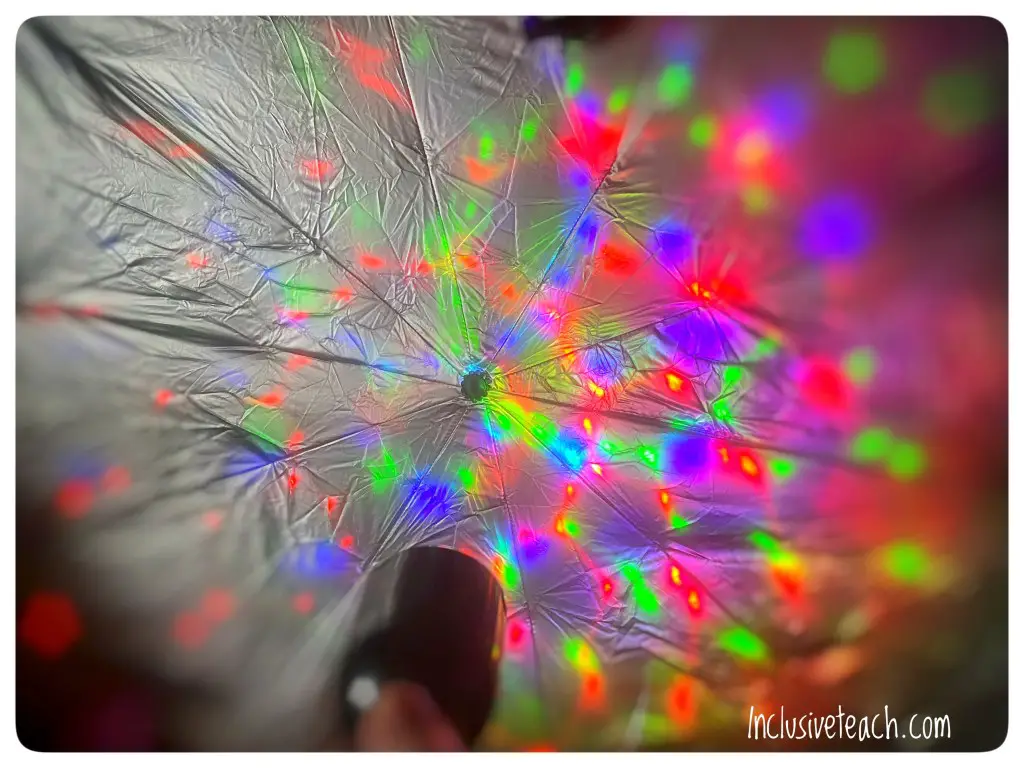
Learning Intentions of sensory stories include:
- Improved Focus and Engagement
The sensory inputs help capture students’ attention and keep them focused, even those with limited attention spans. This can strengthen their concentration levels over time. Sensory stories provide experiential learning that engages students on a deeper level. - Enhanced Comprehension
By bringing the story to life with interactive sensory elements, students can understand the character’s emotions and story themes in a more profound way. This embodied experience helps in retaining and internalising the key takeaways. Students with SEN including PMLD can comprehend sensory stories with greater ease. - Development of Communication Abilities
Sensory stories provide opportunities for social interaction, questioning, and two-way discussions. This encourages even non-verbal students to communicate and express themselves to the best of their abilities. Teachers can also model language and social skills through sensory stories. - Promoting Social-Emotional Development
Sensory stories help students identify emotions, understand different perspectives, and build empathy. The shared experience can foster bonding between students and teachers. Sensory stories can have a calming, regulating effect that benefits students with emotional or behavioural difficulties.
Other general learning intentions include:
- Improve focus and engagement
- Enhance comprehension of key learning concepts
- Develop communication skills
- Joint attention
- Immersion in a language-rich environment
- Promote social-emotional development
- Have a calming and regulating effect
- Inclusion within an interaction that does not have to be transactional
- Develop an understanding of the value of interaction
- To share joyful experiences with others
Linking Sensory Story Outcomes to Routes For Learning.
Many settings that use sensory stories also use Routes for Learning to track progress and set EHCP or IEP outcomes. The following suggested outcomes link to the routemaps and themes.
The key learning outcomes of sensory stories are:
- Respond to stimuli
- Respond to a wider range of stimuli
- Responds consistently to one stimulus
- Demonstrate a number of different behaviours when responding to a range of stimuli.
- Responds to a stimulus by looking or listening intently for a period of time.
- Anticipates repetitively presented stimulus
- Supported 1:1 turn-taking with adult
- Responds to some stimuli in a way that can be interpreted as a rejection
- Terminates interaction with adult
- Responds in ways that can be interpreted as meaning ‘more’
- Communicates ‘more’/‘no more’ through two different consistent actions
- Briefly follows moving stimulus
- Looks briefly after object disappearing from their field of vision
- Changes in behaviour in response to interesting events nearby
By appealing to multiple senses, sensory stories can accomplish all these learning goals in a fun and stimulating manner. Teachers of students with special needs will find sensory stories an invaluable tool to motivate learning and unlock their students’ potential. These sensory learning intentions and learning outcomes make sure you capture the full benefits of learning through multi-sensory storytelling.
References and Further Reading
Gascoyne, S. (2012) Treasure Baskets And Beyond Realizing The Potential Of Sensory-Rich Play. Maidenhead: McGraw-Hill Education
Martins, P. (2017) ‘A critical reflection on how sensory stories facilitate high quality teaching and learning for children with profound and multiple learning disabilities (pmld),’ The STeP Journal,4(4), pp. 70-80.
As always Joanna Grace’s essential book on sensory stories.

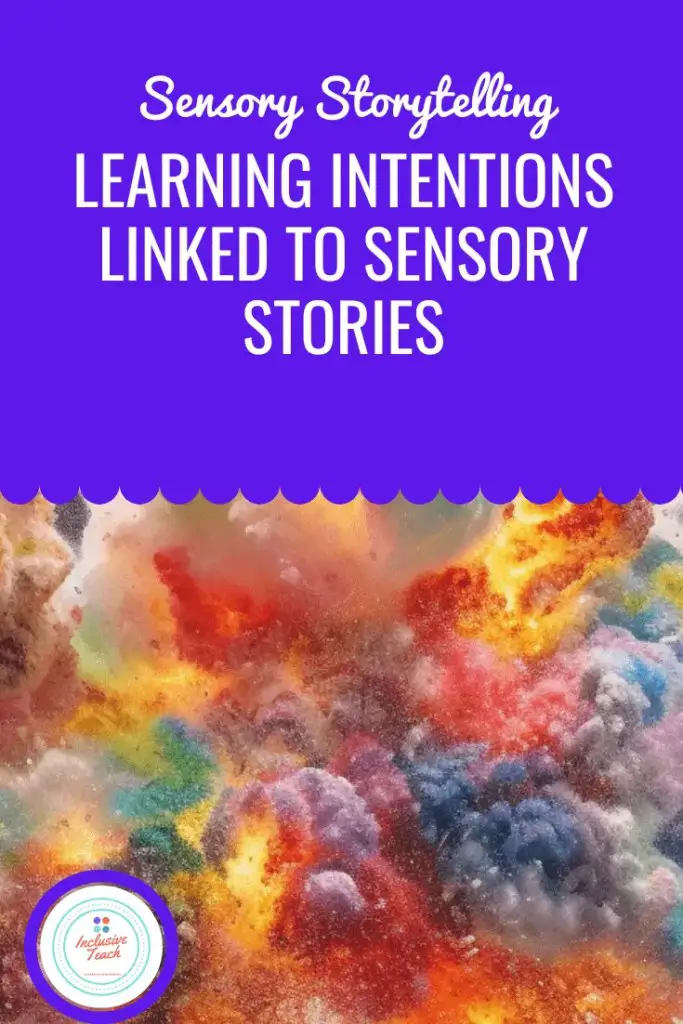
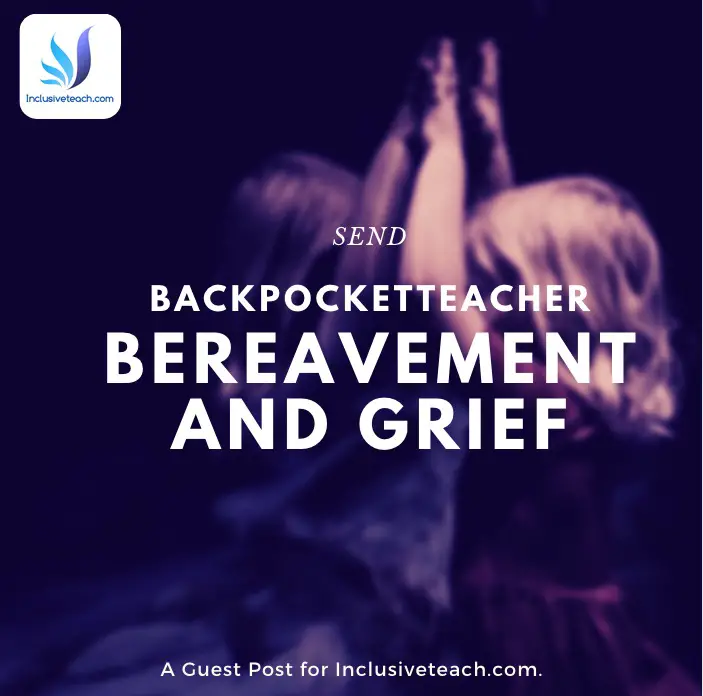

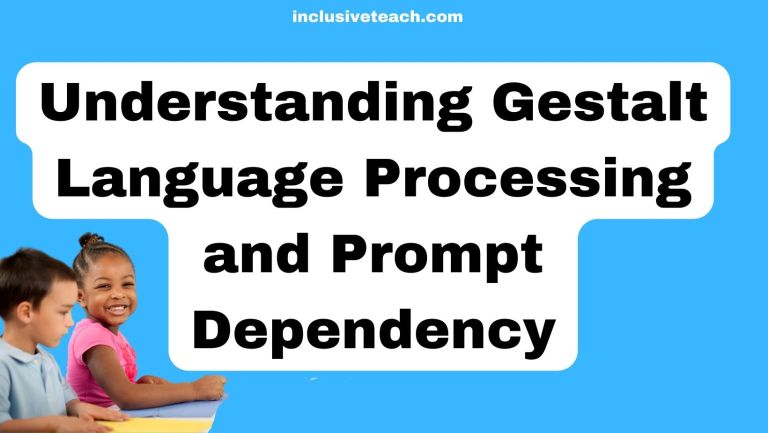

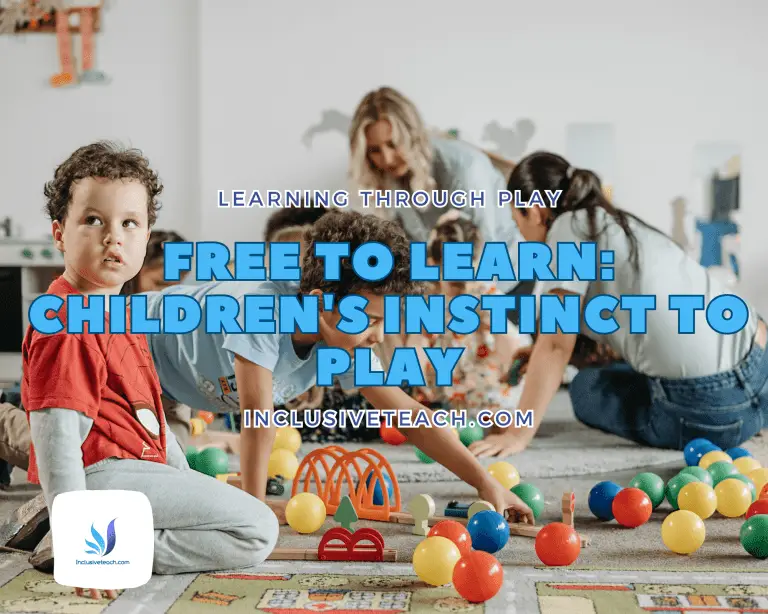
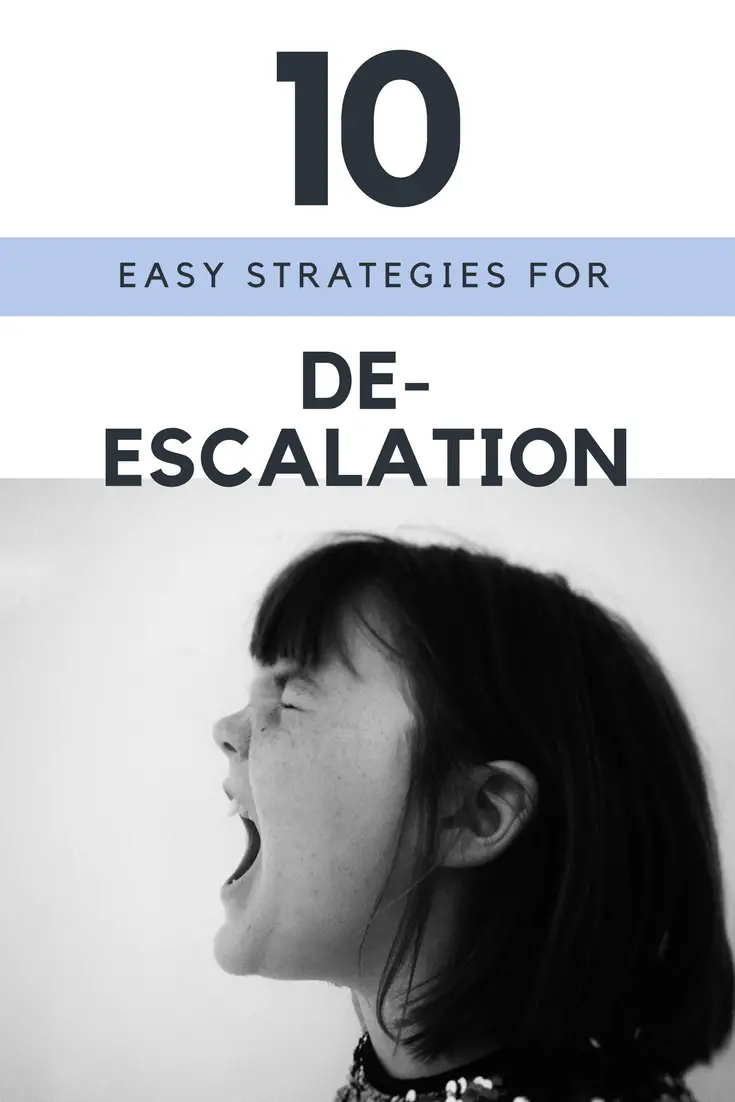
One Comment